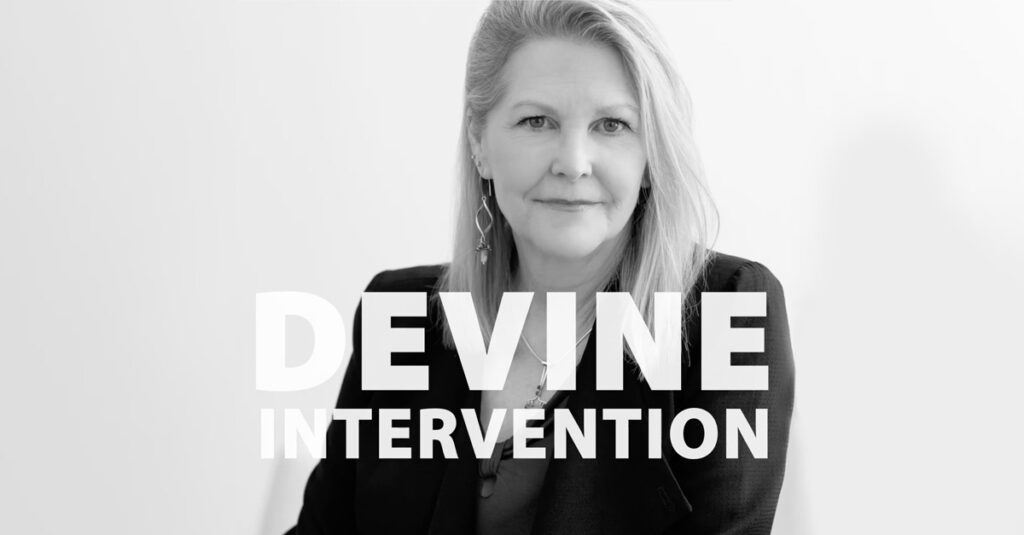Do you make a product for a very specific purpose? Do you offer a service that solves a very specific problem? Congratulations! That should make your marketing a lot easier, and your success is almost guaranteed!
Wait. What? You’ve still got a bunch of competitors? Your product or service is difficult to explain? Google says that only 10 people a month even search for something related to the thing you make? Your product is oddly shaped, excessively big, made of metal, not very attractive, has a big price tag, and a bunch of inferior alternatives exist? The people you need to sell to are hard to define, busy, afraid of change, and don’t have email?
Rats.
You, my friend, need to sell a weird thing to persnickety people. Here are a few tips to deal with such a predicament:

1. Embrace the niche.
Many marketers worry that targeting a selective audience can make their job difficult. On the contrary, a well-defined, differentiated niche can make messaging and marketing easier. The smaller the niche the more focused and personal your communications can feel. So, you may need fewer contacts before you enter the consideration set. Of course, if you have an audience of 5, then just go to their house and introduce yourself.

2. Get to know your audience.
This if vital for every company but especially important if you are targeting a smaller, unique B2B audience with marketing for a specialized product. And that doesn’t mean just knowing their job title and salary—it means understanding the deeper attributes of the individual humans who make up your target audience. Things like their personal values, psychological drivers, attitudes about specific issues, and communication preferences (where/when/how). Don’t assume your star salesperson will close the sale, even if they closed the last two.
Do your research by taking advantage of all the tools and experts that exist. There are a lot of them, and it can be overwhelming, but here’s a simple pro tip you’ve probably heard before: if it sounds too good to be true, it probably is. Anyone who says you can buy 100K leads in your niche that are guaranteed to be decision makers, is likely covering themselves with some clever fine print. They don’t know anything about what you make, what you do, or why your audience would buy from you. They are selling you junk email addresses, bulk digital ads, and one large bridge over a river in New York.

3. Solve their problems.
Read that again, it doesn’t say solve a problem, or solve your problem, or solve the problem your product or service is designed to solve. It says solve their problems. Meaning, solve the problems people deal with when trying to get a product like yours approved for purchase; help them understand how you’re different than your competition; tell them how to communicate the benefits of working with you so they have some leverage with their boss; tell them how doing business with you will make them more successful and feel good about coming to work every day. THEN tell them how your product or service will solve the problem it was designed to solve.
And keep doing it. Use automation to nurture your leads and use digital activation to keep your messages in front of them. Make sure they remember you fondly when they are ready to buy (because they probably won’t be ready the first time they hear about you).

4. Keep an open mind.
Just because you’ve only sold your wallaby oil to VPs in charge of wallaby maintenance before, doesn’t mean your product wouldn’t be attractive to exotic animal veterinarians. But before you approach the vets, or any new customer base, make sure you’re prepared to talk to or support their needs by understanding their unique sensibilities and values. Don’t just dilute your primary message and hope it works. That would be a waste of your time and budget. Do it right up front and reap the benefits in the long run—you know the old saying about first impressions.

5. Watch the competition.
There are only a few of you serving this niche, so find out what the other guys are doing. How do they talk about themselves? What keywords are they spending money on? What kind of content are they generating? Then gauge the things you’re doing better and the things you’re not. They’re probably watching you too because everyone has access to the same technology, so differentiate yourself by understanding your audience and finding ways to put them first.

6. Become meaningful by listening.
This is the only way to keep up with their needs, frustrations, wants, and ways they want to do business with you. Gather the data. Do the research. Watch the journey. Then adapt, adjust, and update your messaging or your process. And keep listening. Implementing customer-centric business practices and, more to the point, creative and messaging, is not a one and done proposition.

7. Be memorable.
You know that thing we said about first impressions? These days every impression matters, from the first to the last. The world and its consumers, whether retail shoppers or business buyers, are getting more visually sophisticated every day.
The face you show the world must reinforce your message and be consistent across every channel. If it leaves any room for doubt about your service, skill, or ability to keep up, your prospects won’t think twice about moving on. A website designed in 2015 is probably not keeping up; brand guidelines that only talk about logo usage aren’t cutting it either—they should be a roadmap for expressing your brand.
Working with a smaller niche may allow for a little bit more leeway here, depending on your product, but it also offers a huge opportunity to differentiate yourself. After all, you’ve got fewer people to compete with.
If that feels like a lot, it is, but you’ve got this. A small audience demands more of your attention, but it can also offer considerable advantages if you’re willing to put in the effort and build the right team, the right infrastructure, and the right attitude. Good luck and give us a shout if you need help.
![cat[&]tonic](https://cat-tonic.com/wp-content/uploads/candt_logo-rw.png)




